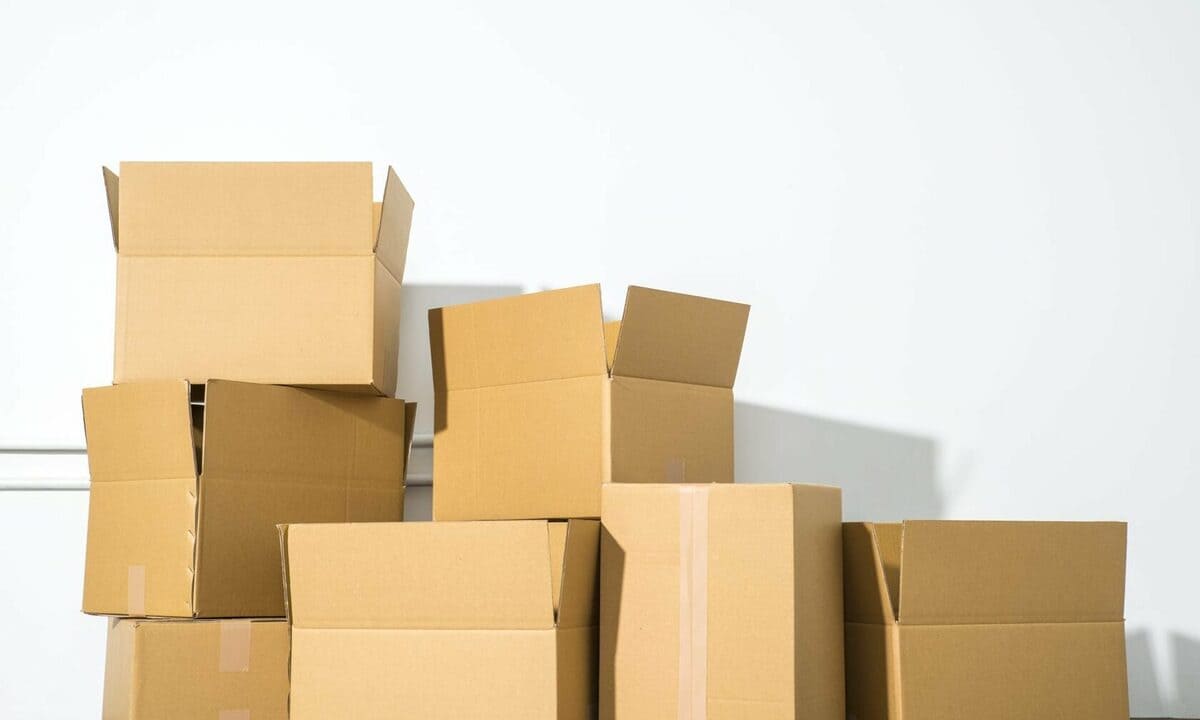
Contents of the article:
Your load may weigh 300g but be 2 meters long, for example if it is a panel. Do you buy light racks, the packaging of which weighs up to 1-2 kg, but they take up much more space than a small box with the same weight. And then the price for transportation is not calculated in kilograms, but based on the volumetric weight. Today we will analyze how and what is the difference between volumetric and actual cargo weight. And we will also help you learn how the volumetric weight is calculated for different types of transportation (delivery of cargo by sea or air).
More often than not, customers pay for volumetric weight. After all, a light product can occupy 2-3 meters in a compartment, which means reducing the capacity of a transport container. But there are cases when payment is made only by actual weight. So, when and what to pay for so that it is profitable for you?
Multiply the dimensions of the product (length, width, height) by the weight of 1 m³ of the product (167 kg). And then round up to a whole value. Let's consider an example. You want to move a cabinet that weighs 10 kg.
It will be in a box size:
110x105x105x 167 kg = 202 kg (this is our volumetric weight), while the cabinet weighs only 10 kg.
At the exit, you will pay for the volumetric weight, since it is more than the actual weight, which means that they count on it and apply the tariff plans tied to it.
IMPORTANTLY! That is why we strongly advise you to measure the dimensions of your cargo properly so as not to overpay for transportation if you do it yourself and do not delegate it to specialists.
These calculations will take a little more time than air delivery. Since the coefficient changes, the conditions of transportation. For example, if you deliver your goods in a collapsible container, the volumetric weight is calculated as 1 ton multiplied by 1 m³. The only thing that remains the same is the principle of deduction — you will pay for the weight that is greater.
That is why we advise you to transport the goods in the format of collective cargo. It is cheap, and the cost of 1 piece of the product compensates for the volumetric weight. If you are transporting your goods by sea, do not waste time on calculations - order a return call from us on the website. And the manager will help you calculate, as well as advise on transportation by any type of transport.
We help our customers correctly calculate the cost of the cargo. We calculate the volumetric and actual weight and do it so that the client sends the product with the minimum number of attachments. It is very important for us that you save, and not spend all the money on transportation and reduce the margin of the product.
To calculate and order transportation, write to us in the feedback window and a manager will contact you within a day.
DiFFreight offers businesses comprehensive solutions for optimizing costs related to international logistics services. With our extensive experience and established network of partners, we can significantly help you reduce expenses on international cargo delivery.
How is this achieved? It's quite simple:
We work to help our clients optimize logistics processes and reduce current costs as much as possible. If you have any questions regarding the optimization of logistics costs, please contact our specialists, and we will find the optimal solution for your business.